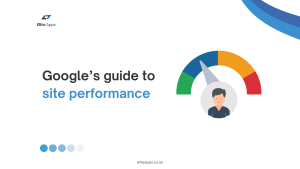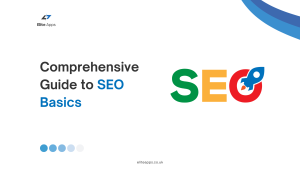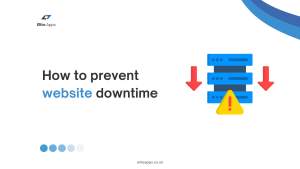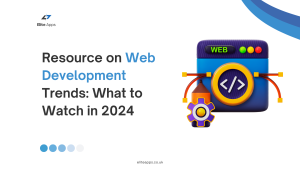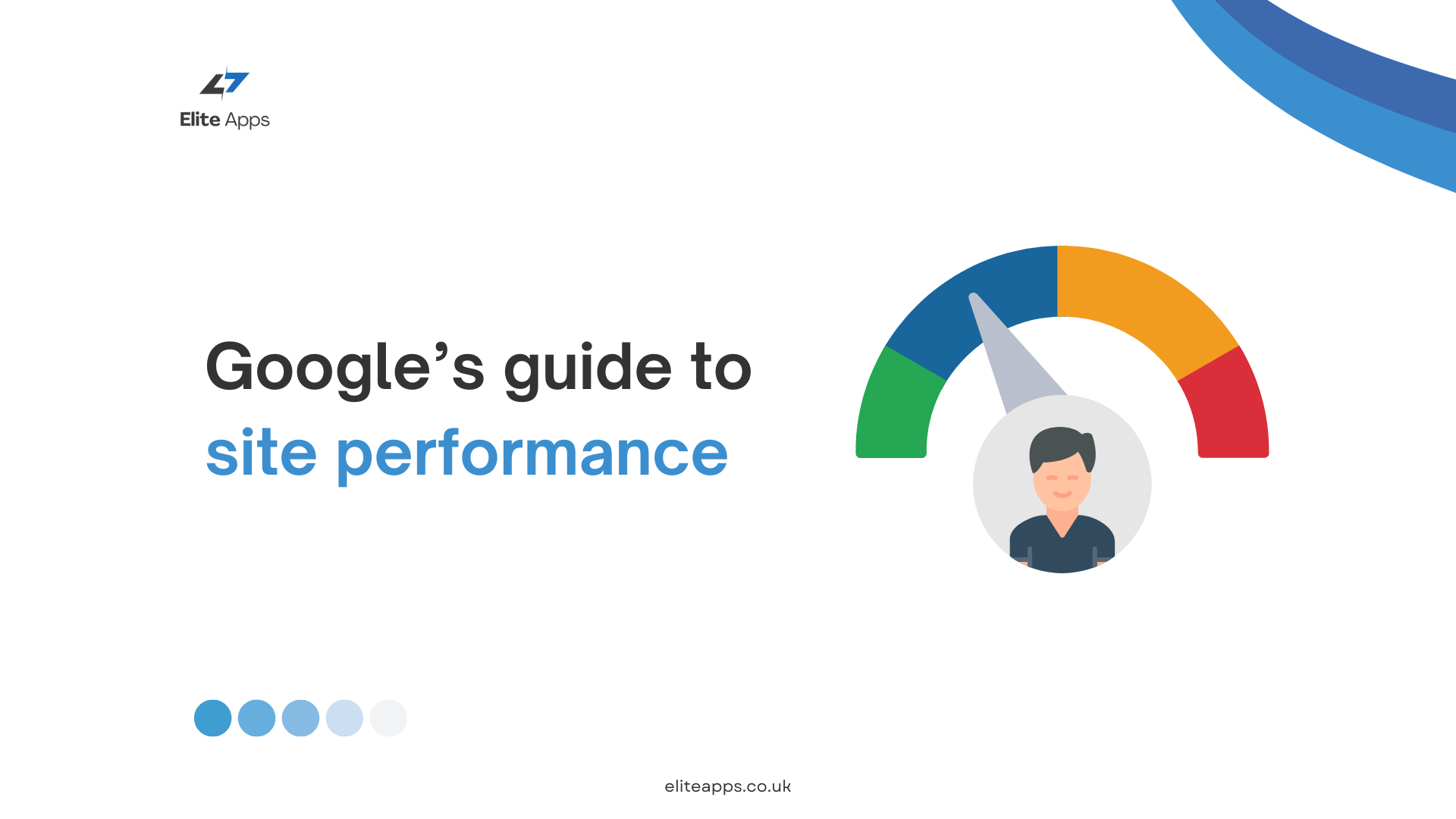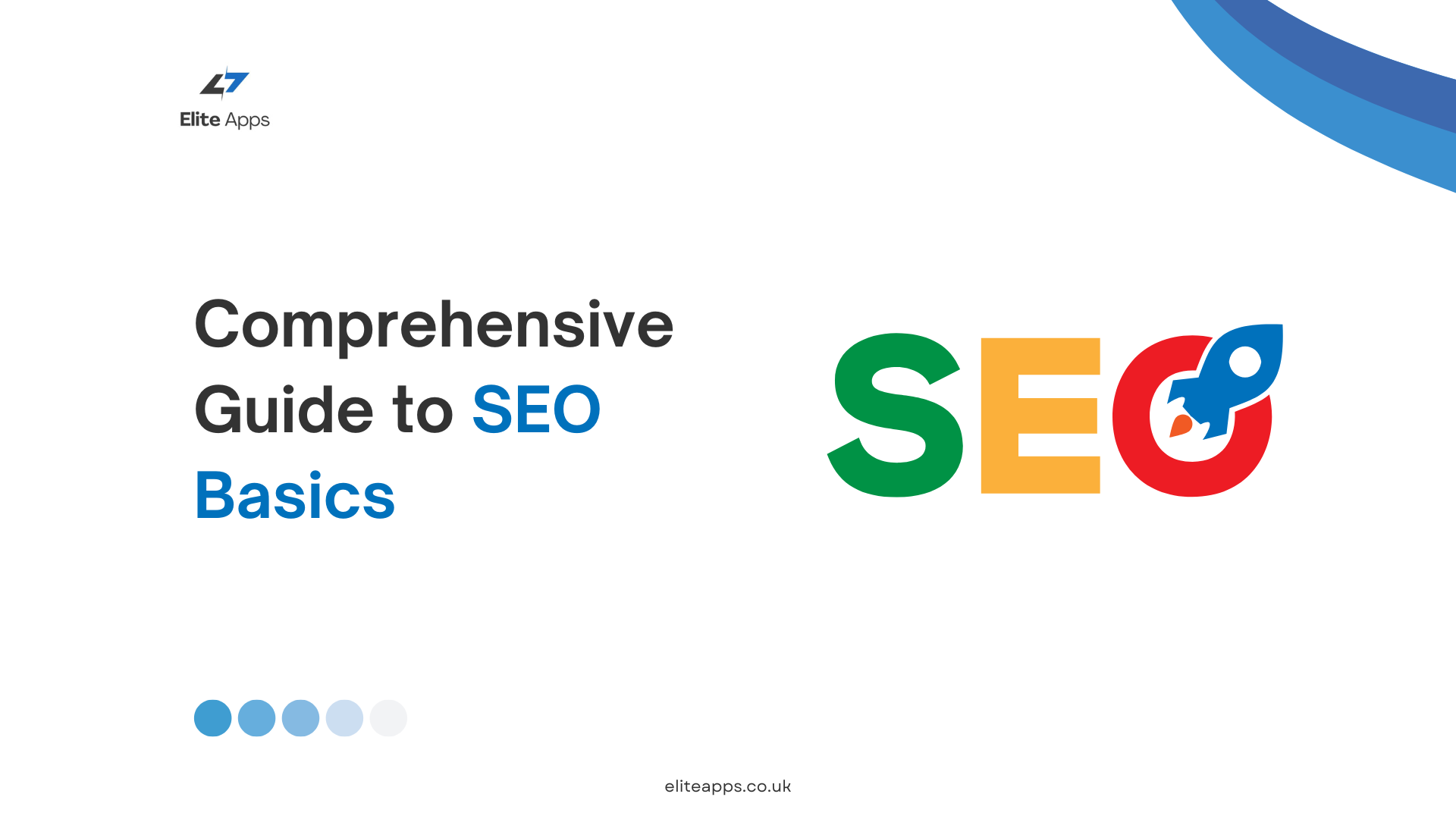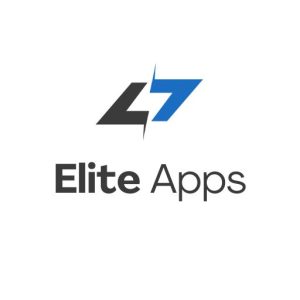As mobile app development evolves, businesses are increasingly exploring new technologies that combine the best of web and mobile experiences. One such technology that has gained traction is Progressive Web App (PWA) development. PWAs offer a unique approach by blending the convenience of a website with the functionality of a native mobile app.
In this blog, we’ll dive into what progressive web apps are, how they work, and why they’re becoming a popular choice for businesses and developers alike.
What is a Progressive Web App (PWA)?
A Progressive Web App (PWA) is a type of application that uses standard web technologies—HTML, CSS, and JavaScript—while delivering an experience similar to that of a native mobile app. The core idea behind a PWA is to offer the best of both worlds: the reach of a website and the functionality of a mobile app.
Unlike traditional web apps, PWAs are designed to be:
- Reliable: They work even in uncertain network conditions, providing offline functionality or serving content in low connectivity environments.
- Fast: PWAs prioritize speed, ensuring that they load quickly and provide a seamless user experience.
- Engaging: They offer app-like experiences, with capabilities like push notifications, home screen installation, and full-screen modes.
How Do Progressive Web Apps Work?
Progressive Web Apps take advantage of modern web APIs, allowing them to offer app-like features directly in the browser without requiring users to visit an app store. Key technologies that power PWAs include:
- Service Workers: Service workers act as a proxy between the web app and the network. They manage background processes, such as caching content, synchronizing data, and delivering push notifications. This enables PWAs to work offline or in areas with poor connectivity.
- Web App Manifest: The web app manifest is a JSON file that provides metadata about the app, such as the app’s name, icons, and how it should behave when installed on a user’s device. This allows PWAs to be added to a user’s home screen, just like a native app.
- HTTPS: PWAs are served over HTTPS to ensure a secure connection, protecting the integrity of the content and enhancing user trust.
Advantages of Progressive Web Apps
PWAs offer several key advantages for both users and businesses:
- Cross-Platform Compatibility Progressive web apps work on any platform that uses a modern web browser, including desktops, tablets, and mobile devices. Unlike native apps that require separate development for iOS and Android, PWAs offer a unified experience across all devices.
- No App Store Dependency Users can access PWAs directly from their browser without downloading them from an app store. This eliminates the need for app store approval processes, updates, and download barriers. Users can install PWAs on their home screen with a single tap from the browser.
- Improved Performance With features like service workers, PWAs can load faster, even in poor network conditions. Content is cached locally, allowing users to access the app offline or when their connection is unreliable.
- Reduced Development Costs PWAs eliminate the need to build separate apps for different platforms, reducing development time and costs. Businesses can maintain a single codebase while still offering an app-like experience.
- Engagement Features Like native apps, PWAs can send push notifications to users, improving engagement and retention. This feature allows businesses to re-engage with users, send updates, and promote new content directly to their devices.
- SEO Benefits Since PWAs are essentially websites, they can be indexed by search engines. This enhances discoverability and increases organic traffic, which is not possible with native apps that exist in closed app stores.
Limitations of Progressive Web Apps
While PWAs have many advantages, they also have some limitations compared to native apps:
- Limited Access to Native Features Although PWAs can access many device features, they still have limited access compared to native apps. Features like Bluetooth, NFC, and certain sensor-based functionalities are not fully supported on all devices or browsers.
- iOS Restrictions While PWAs work seamlessly on Android, iOS has more restrictions. For example, PWAs on iOS do not support push notifications or full background sync, limiting their capabilities on Apple devices.
- No App Store Presence PWAs bypass app stores, which can be a disadvantage if you rely on the discoverability that platforms like Google Play and the Apple App Store offer. However, this can be offset by strong SEO strategies and direct user engagement.
Popular Frameworks and Tools for PWA Development
Several frameworks and tools make it easier to develop PWAs:
- React: React is a popular JavaScript library that supports PWA development. By combining it with libraries like Workbox, you can easily implement service workers and other PWA-specific features.
- Angular: Angular has built-in support for PWA development. With its extensive toolkit and service worker integration, Angular simplifies the process of building fast and reliable PWAs.
- Vue.js: Vue.js is another popular JavaScript framework for building user interfaces. Vue’s lightweight nature makes it ideal for building fast-loading PWAs, and its PWA plugin simplifies the setup process.
- Lighthouse: Lighthouse is a tool developed by Google that helps developers audit their web applications for PWA readiness. It provides valuable insights into performance, SEO, and other metrics that contribute to a successful PWA.
When Should You Choose Progressive Web App Development?
PWAs are an excellent choice if you’re looking to:
- Reach a wide audience across multiple platforms without developing separate native apps.
- Provide a fast and reliable app experience without relying on app store distribution.
- Target users in regions with limited internet connectivity or those who prefer lightweight, fast-loading applications.
Businesses that need offline functionality, push notifications, and cross-platform compatibility can significantly benefit from PWAs, especially if native app performance is not a critical requirement.
Conclusion
Progressive Web App development is a powerful approach that blends the convenience of web experiences with the functionality of native mobile apps. PWAs offer a fast, reliable, and engaging user experience, while also providing the advantages of lower development costs and broad compatibility across devices.
If you’re looking for a flexible, cost-effective solution that provides app-like features without the complexities of native app development, PWAs may be the perfect fit for your business. Explore more about PWA development tools by checking out Google’s PWA resources or start building your PWA with Angular.


